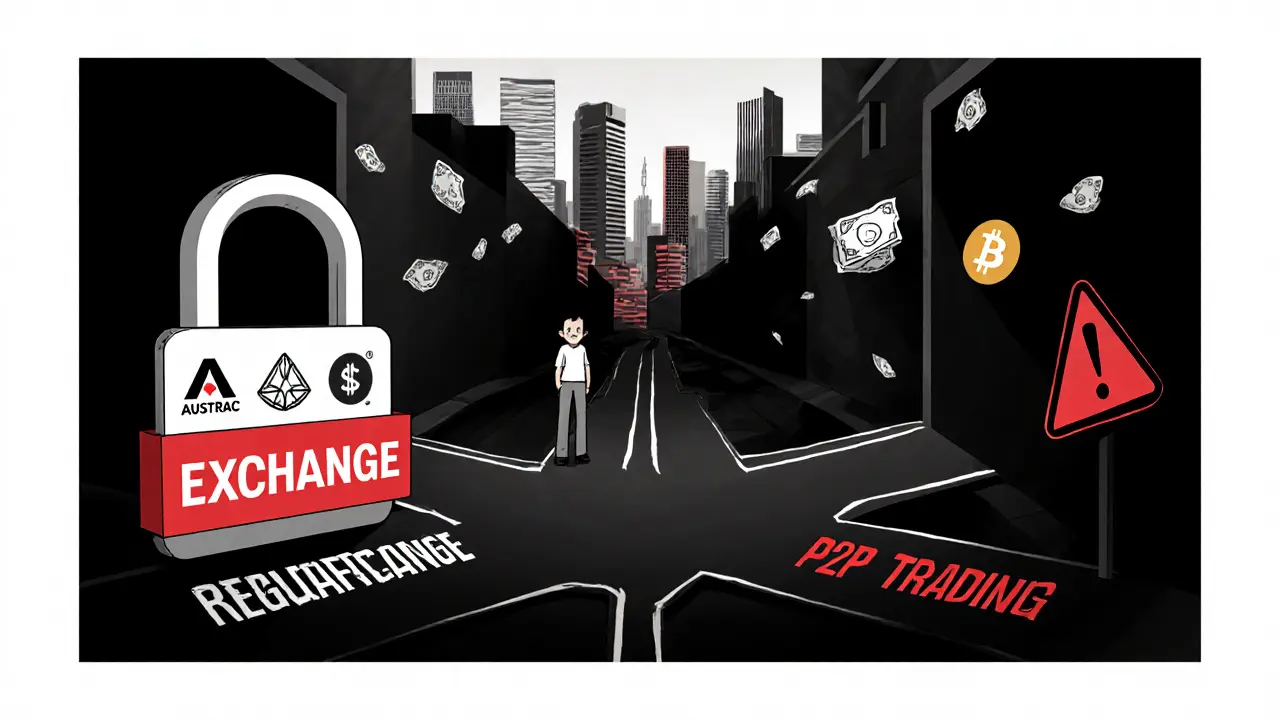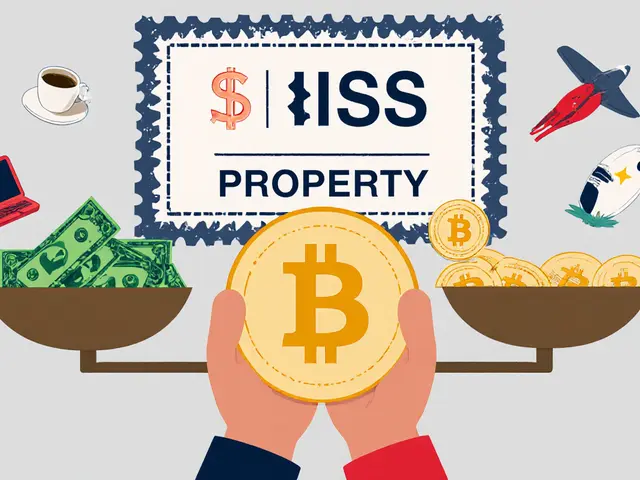Crypto Exchange Restrictions: What You Can and Can't Do in 2025
When you hear crypto exchange restrictions, rules that limit where, how, or if you can trade digital assets. Also known as crypto trading bans, these rules vary wildly by country and can turn a simple trade into a legal risk. Some places ban exchanges entirely. Others let you trade but slap on heavy taxes. And some? They let you trade—but only if you jump through hoops no one told you about.
Take India's 30% crypto tax, a flat tax on all crypto profits with no way to offset losses. It doesn’t matter if you made $10 or $100,000—you pay 30%. On top of that, every trade triggers a 1% TDS (tax deducted at source), and fees? That’s 18% GST. If you’re not tracking every swap, you’re already behind. Meanwhile, Vietnam’s pilot crypto program, the world’s first legal crypto experiment running until 2030, lets you trade freely under strict oversight. One country locks you down. Another lets you explore. Both are real—and both are changing how you think about exchanges.
It’s not just about laws. It’s about trust. Qmall Exchange, a platform claiming EU regulation and zero fees, turned out to be a ghost with hidden charges and no real volume. Same with Btcwinex, a fake exchange that vanished after promising free Bitcoin. These aren’t glitches—they’re warnings. If an exchange sounds too good to be true, it’s probably a trap. And when restrictions tighten, scammers move faster. They target people who don’t know the rules.
And then there’s the gray zone. Some countries don’t ban crypto outright—they just make it impossible to use. No bank support. No fiat on-ramps. No KYC-compliant exchanges. That’s not a ban. It’s a slow choke. You can still trade on decentralized platforms, but if you’re not careful, you’re trading in the dark. That’s why understanding crypto ban penalties, the legal consequences for breaking crypto rules matters more than ever. Most penalties target businesses, not users—but that’s changing. In 2025, even casual traders need to know where they stand.
What you’ll find below isn’t just a list of articles. It’s a map. You’ll see how crypto exchange restrictions hit real people—like the trader in India who got hit with a surprise tax bill, or the investor who lost everything to a fake exchange pretending to be regulated. You’ll learn how to spot a scam, why some platforms vanish overnight, and where the safest places to trade still exist. This isn’t theory. It’s what’s happening right now. And if you’re holding crypto, you need to know it.
Privacy Coins Banned on Australian Crypto Exchanges: What You Need to Know
Australia doesn't ban privacy coins outright, but exchanges can't list them due to strict anti-money laundering rules. Here's how the ban works, why it's happening, and what options Australians have left.





